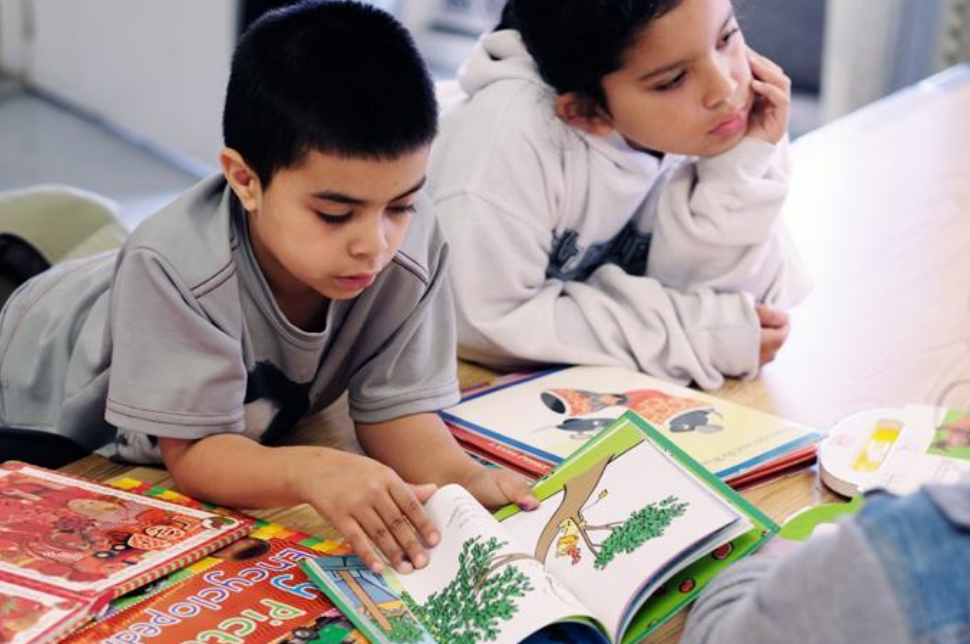A Wicked Problem

by Ellie Rossiter:
Ronnie has trouble with endings.
He is a 5th grader, who attends school nearby the HOPE SF public housing development where he lives. Five years ago, Ronnie’s dad died. Last year his 17-year old brother was shot and killed. Half of the teachers left their job at Ronnie’s elementary school last year. Now, with the end of the school year looming, Ronnie has to face another ending. He has been acting up in class, and he was told he couldn’t participate in the school’s upcoming camping trip, which he was really looking forward to because he rarely has a chance to get out of his neighborhood.
Ronnie is only 11 years old, but he has had to contend with unimaginable loss, which makes even small disappointments feel insurmountable. It’s hard to know who should be responsible for addressing the range of complex issues that Ronnie has to face every day. More support at school? More social workers? Better policing?
This is an example of a wicked problem.
A wicked problem is a problem so complex, that it cannot be solved by one organization or one sector alone.
It takes a village — everyone — all sectors, government, philanthropy, business, non-profit and the resident community to create change. Leaders with diverse experience and perspectives must come together to do the hard work of acknowledging what’s not working, learn from each other and other communities about new approaches, and lift up the things that are working.
We all have a role to play in facing what isn’t working and in changing the way we work together. Solving wicked problems calls for us to share a common goal. It compels us to track our progress and course-correct along the way.
The transformation of four HOPE SF public housing developments, located in Bayview, Visitacion Valley and Potrero Hill, from impoverished and isolated public housing communities to strong, thriving communities, is a wicked problem. The San Francisco Foundation is working together with the City of San Francisco, the HOPE SF public housing residents, business, philanthropic and nonprofit leaders to create state-of-the-art homes, safe streets, quality schools, healthy families, and living-wage jobs without displacing the current residents and their families.
Partnering to Spark Innovation
We have a lot to learn to achieve this ambitious goal, and we’re partnering with our sister cities across the country to find innovative solutions to wicked problems. Out of 36 cities, San Francisco’s HOPE SF initiative was selected to become part of the Living Cities Integration Initiative, a national network of cross-sector partnerships, to work together to improve the lives of low-income people and the cities where they live.
In June, our HOPE SF cross-sector team will travel to Chicago, to meet with eight cities across the country — Baltimore, Newark, Detroit, Minneapolis/St. Paul, New Orleans, San Antonio, Albuquerque, and Seattle. We are going to learn together how cities tackle wicked problems, which include the seemingly intractable issues of community development, job creation, education and health. We’ll dive deep into what it means to be an effective cross-sector partnership. We’ll look at what it takes to go beyond stand-alone programs and systems that are bogged down in funding and policy restrictions. We will explore ways to be innovative, to disrupt the status quo, and create new policies and funding streams that transform wicked problems into thriving communities.

